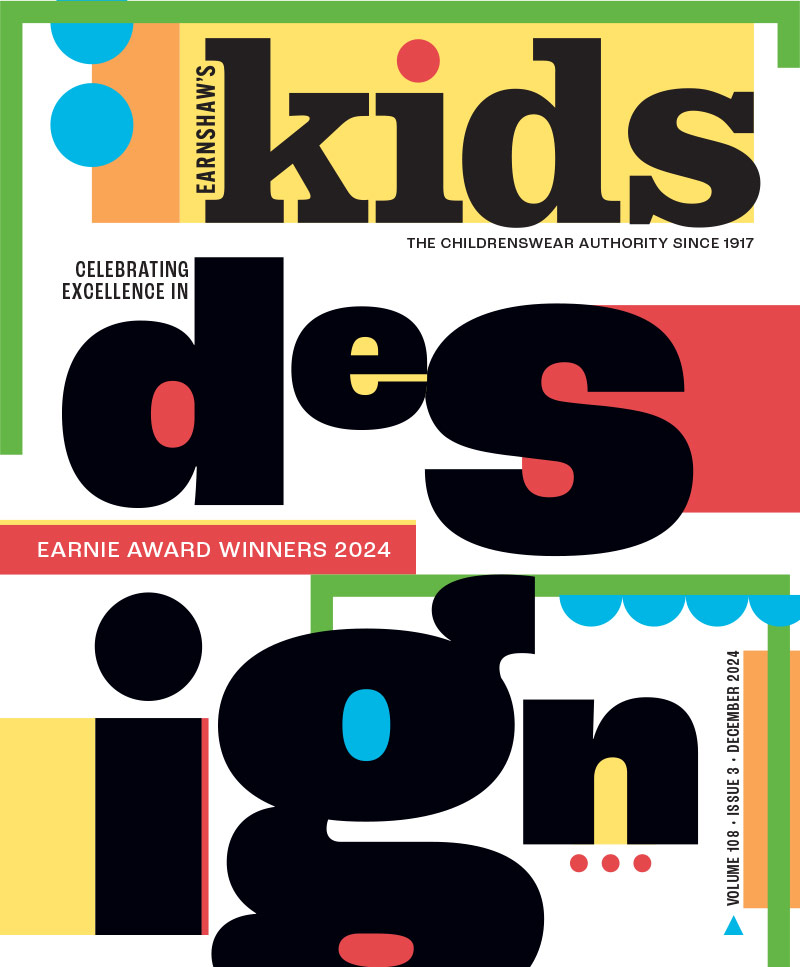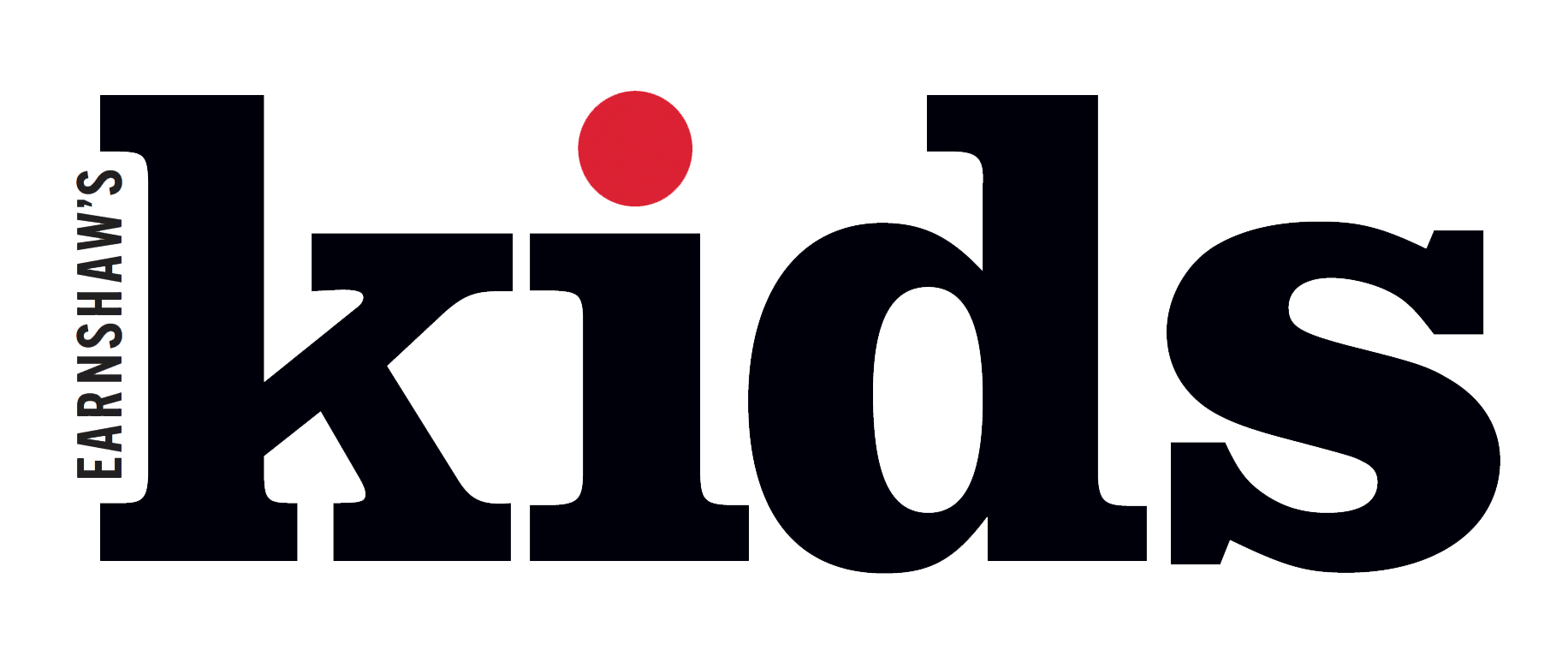Gary Simmons, president and CEO of Gerber Childrenswear, shares his approach to upholding and expanding the reputation of one of the most iconic names in the infant industry.

Gary Simmons, president
and CEO of Gerber Childrenswear
Few brands in the baby market are as iconic as Gerber. It’s the Kleenex of tissues. The Coca-Cola of sodas. And it all started 90 years ago with baby food. Founded in Fremont, MI, by Daniel Frank Gerber, the company (originally named Fremont Canning Company) started out producing canned fruits and vegetables after Gerber’s wife, Dorothy, began serving hand-strained food to their seven-month-old daughter. So began the brand’s legacy of offering quality products for infants and garnering the trust of moms worldwide.
Embracing the opportunity of market recognition, the Gerber Products Company bought four companies in the early ’80s that manufactured children’s sleepwear and underwear. In 1989, the company opened the Gerber Childrenswear division with offices in Boston and New York. That’s when Gerber’s legendary one-piece was created and ultimately trademarked. “There was no such thing as a ‘Onesie’ before Gerber Childrenswear created it,” says Gary Simmons, president and CEO of Gerber Childrenswear, now a division of Intradeco Apparel. “That’s a very monumental part of our history,” he adds, citing that more than 55 million Onesies are sold annually—a heavy item driver in the baby department.
Small Talk
What are you reading?
“Hamilton,” and I’m also in the midst of a thriller and espionage series by Ben Coes.
What sound do you love?
The silence after I turn off my computer at night. That’s when I read my books and ponder things.
What’s inspiring you?
Intradeco. They challenge me to think differently and expand how we look at the business.
What was your first paying job?
Lifeguard. I swam competitively for nine years.
What are three things you can’t live without?
My family, my Kindle and my cellphone.
What’s your favorite family activity?
Having dinner with my wife and two kids. For us, it’s an event, not just casual peace.
What talent would you most like to have?
Playing an instrument. I’ve tried a few times and failed miserably.
What is your motto?
Less is more. It’s not always about creating more styles to drive more business; it’s about driving business with less styles.
Since taking the helm in 2005, Simmons has continued to meet the needs of moms and dads around the world by upholding the respected reputation that comes with the Gerber label. “The brand’s diverse appeal is partly because the name is so trusted by the consumer,” he says, noting that Gerber Childrenswear is a leading marketer of infant and toddler apparel. The portfolio spans everyday core layette items (led by Onesies), sleepwear and accessories and licensed brands like Jockey, New Balance and NFL.
The company’s recent additions have received lots of positive feedback, including 2015’s Gerber Graduates toddler apparel launch, to the following year’s All-In-One Diaper System debut, as well as several other bedding and safe sleep releases following its acquisition of the Triboro Quilt Manufacturing Company. Of late, Simmons says Gerber has been expanding its organic offerings and introducing fabric updates. “Organic fabrics have come back strong,” he says. “We’re getting much better placements, equally important if not more important, when it comes to organic-certified cotton.” As for fabric updates, Simmons cites the blending of polyester with cotton, as well as polyester with stretch or stretch with cotton, as key examples. “The silhouettes haven’t changed much, but we updated them as far as fabric and the size of embroidery and embellishments,” he says. “These changes have been very positive at the point of sale.”
Another key change for Gerber Childrenswear of late was the decision to implement a key opening price point of $9.99 or below on Onesies and a several other key products. “Back in the ’90s, Onesies would have been $11.99 for three,” Simmons says. “Today, they’re anywhere from $9.99 to $10.99 for five because of sourcing changes. Those lower price points among our major items has really been a game-changer as far as driving volume and being an important keystone to a lot of childrenswear areas.”
Last but not least, Simmons cites the recent move of Gerber Childrenswear’s offices in New York to be closer to Intradeco (the acquisition was made about a year ago) as another notable change for the better. Simmons couldn’t be more pleased with how the two entities are gelling. “We give them input on what’s happening in the children’s fashion area, and they give us input on where they’re doing business in men’s and women’s,” he says. “That close collaboration is and will continue to be a real win for us.” Similarly, Simmons is proud of the company’s recent renegotiating and extending of its license well into this century with Gerber Products. “We’ve had a very good relationship with Gerber, and we strengthened it even further,” he says. “The consumer is buying our bedding, apparel and bath products well before the child is even born, let alone before the child starts eating food. This relationship is the foundation of our business and it’s really a win-win for both sides.”
Simmons knows what he’s talking about because he’s pretty much seen and experienced it all over the course of his extensive childrenswear industry career. While the University of Cincinnati business graduate didn’t set out with dreams of selling baby booties and layette, he admits it all began—like many great career tracks do—by happenstance. “I just fell into it,” he says, explaining how in 1976 he became a menswear buyer at Shillito’s, a Cincinnati department store, but soon was asked to assist in the infants’ department. “I was 23 years old and knew nothing about infants—not married and no children,” he says. “I thought, ‘Why would you ever want me in infants?” Nonetheless, Simmons took on the challenge. Two years later, Simmons moved back to his hometown of Pittsburgh, PA, landing a job with Gimbels department store. The only available buying position at the time: girls’ 4-6X and 7-14. Simmons continued to excel and accrue childrenswear knowledge. Eventually it led him to joining Healthtex in 1980 as a field sales representative, where he then rose the corporate ladder to vice president and general manager of sales and marketing over the course of nearly 24 years. Simmons successfully executed the merger of Healthtex and H.H. Cutler into a new company, VF Playwear, where he served as president from 1997 to 2004, before taking the helm at Gerber Childrenswear in 2005. Since then, Simmons has helped the company adapt to a rapidly evolving retail landscape, including engaging with customers through social media and working efficiently with e-commerce clients.
Beyond his success as a businessman, Simmons is a family man at heart, which shows in how he manages the business. He believes that one of the most important parts of being able to run a company successfully is by maintaining balance between work and home. “It’s important to get our work done, and we must be successful or we won’t have a job tomorrow,” he says. “At the same time, go to your kids’ soccer tournaments and plays because, before you know it, they’ll be grown and you’ll wonder what happened.”
How has business been this year for the company?
A mix, to be fair. Some is very positive, some not so much. Although our Babies “R” Us business has been good, we were worried even before they filed for bankruptcy. That put a damper on some orders since they were watching their credit situation. And it’s not only them. Out of our top-10 clients, two now have credit issues. That isn’t good. However, a number of our other clients are doing quite well and taking market share.
Who is Gerber Childrenswear’s retail customer?
Our customer is much more diverse than people perceive it to be. We do business with everyone from Walmart to Buy Buy Baby to Babies “R” Us. We also sell to more than 1,000 specialty stores, plus we do a wide dot-com business, including Amazon, Walmart, Target, Buy Buy Baby and J.C. Penney, to name a few. We cater to everyone from the moderate to upper-moderate customers that shop Buy Buy Baby and Babies “R” Us to the mass customer that prefers Walmart and Target.
What’s the biggest challenge facing the childrenswear industry right now?
Trying to figure out the future. Amazon obviously factors heavily into that, no question. However, there are several retailers that we do business with that are performing quite well. Our Walmart business, for example, has been very sharp for us this year. They’re still working on improvements on the dot-com side, and I’m not going to disclose the percentage, but I can say in-store sales have been quite successful for us this year. Buy Buy Baby and Burlington are two more examples of customers who are doing well. There’s a number of very positive things happening among our account base. However, there’s no question that Amazon and other online retailers continue to have a major impact on many other retailers. That’s why we updated our website last July. We reenergized it, and it’s gotten very good reviews. We also built up our e-commerce team over the last two-and-a-half years. It has five people that only focus on our top clients. Many people don’t realize all the blocking and tackling that must be done with e-commerce—making sure the site is correct, keywords are accurate and checking product descriptions. Basically, walking the site wall to wall. It’s important to walk the site on a regular basis to make sure it is up-to-date and relevant.
Can those struggling find a way to adapt and survive in this new Amazon-led landscape?
Retailers are trying to adapt by shrinking their store count, shrinking inventory, shrinking SKU count and driving more business per SKU. It’s not all doom and gloom, in my view. I’ve been traveling to meet with many different customers of ours, and while we all realize Amazon continues to take market share, especially from millennial consumers, there are plenty of opportunities still to be had. Don’t forget the childrenswear business is also about the millennials’ parents and grandparents. Not all of them shop online. While online is important to us, it’s not the only driver to our sales success.
In addition to not all wanting to shop online, what other changes have you made to appeal to consumer preferences?
We used to be all packaged. Now it’s mostly hung merchandise, even if it’s on a planogram wall with hanging fixtures. While there’s still a few items that are packaged, we’ve moved substantially away from that to become more updated as far as appearance and what’s appropriate for today’s customer. Our research shows the consumer likes what we’ve done. We’ve evolved to still tie back to that open price point brand, but also stay relevant to today’s trends.
How important is social media to Gerber’s marketing efforts?
We’ve been very active on social media. Facebook is by far the largest. It’s important to tie back to our customers and talk to them on a regular basis. From our research, we’ve made major strides in that area, especially over the last couple of years.
Do you do any influencer marketing campaigns?
We do. However, I don’t have a firm point of view just yet. We did a few campaigns last year, but I’m not yet sold that is has the payback. We had some nice success in some areas and some areas didn’t really see any big lift. We’ve continued it and will evaluate our strategy.
Where are your main goals for Gerber Childrenswear going forward?
The No. 1 goal is to keep our core values, which is to have an open price point, which is a great product at a great price for our key customers. At the same time, we feel strongly that our recent acquisition of Triboro has some real legs to grow in the mid-to upper-market in-store and online. There’s also a lot of opportunity within the New Balance piece as they continue to gain share and get very good reviews in the shoes that tie back to apparel. Obviously, we also want to continue to grow our NFL piece. That said, the rock is the Gerber foundation, and there’s growth opportunities within that brand, too.
As an active member on the Delivering Good board and treasurer of the American Apparel and Footwear Association, how has your involvement helped with managing Gerber Childrenswear?
I’m a big believer in boards because they widen your view of business. You meet people you would have never met before and develop friendships with people that can become extremely important. The other board members are often quite influential in their businesses and can inspire you on how to operate your own. Lastly, sometimes there’s business opportunities to be had. Being in the conversation keeps you informed about general business trends without breaking confidences.
What do you love most about your job?
The folks I work with every day. We also have great long-term relationships with a number of our clients and suppliers, which is rewarding. Creating something and seeing it move forward through the process and then out to stores with success is always the most fun. Everything was once an idea on a piece of paper that turned into a strategy that turned into product, and that doesn’t happen without a lot of people working in the same direction. •



Leave a Comment: